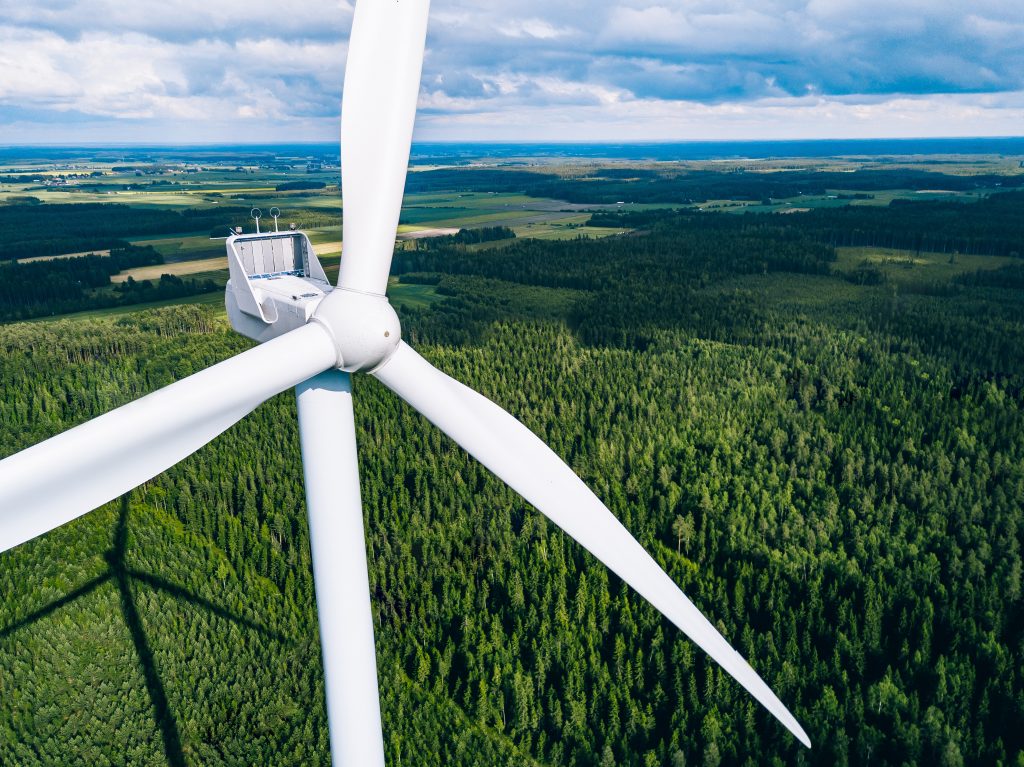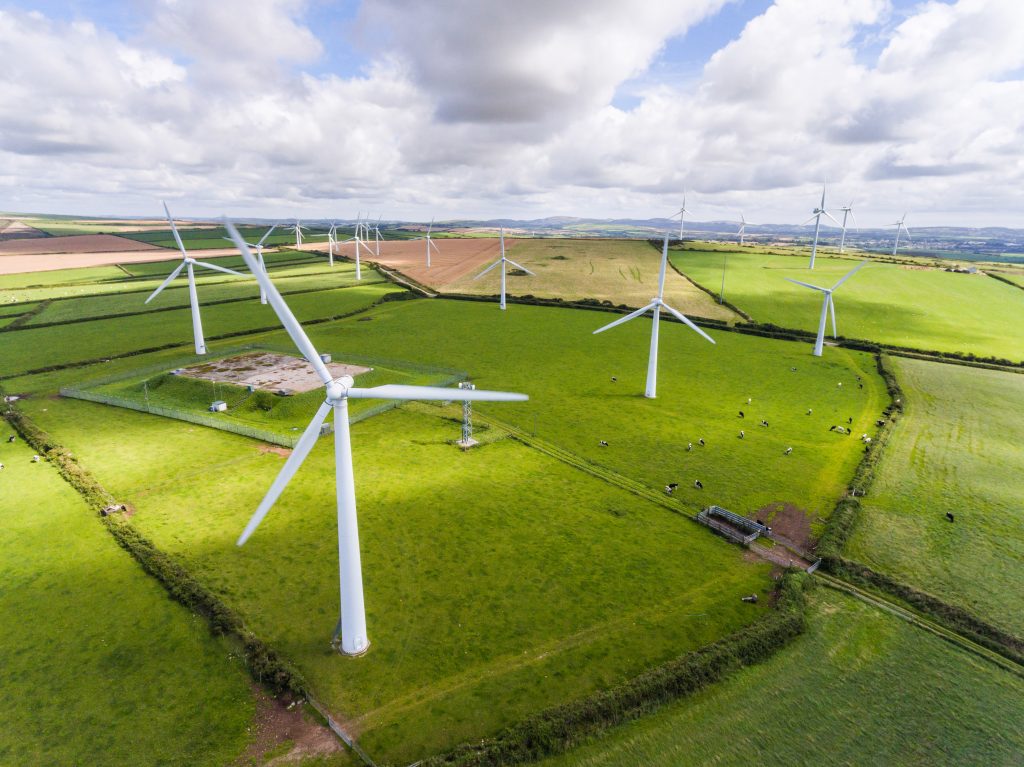Why is it essential to be transparent with data sharing related to fire incidents?
As the market continues to grow and expand, you see a lot of, not only new players coming in from the manufacturing side, but also different developers, owners, and operators. And the projects themselves across the world are getting larger and larger and more complex.
As these landscapes continue to shift and continue to grow, it’s important, we feel, that information needs to be very clear across the board, and sharing related information when it comes to risks, particularly fire risks, we feel is extremely important — not only for OEMs, but also for the owners and operators to understand some of the risks while establishing these large projects.
For us, it’s a matter of having the industry as a whole on the same page and understanding if there are any high-risk elements associated with their projects. These elements can range from permitting, to high-risk components, to even project location. It’s important to share information across the renewable energy industry to help sustain our growth.
In this case scenario, everybody’s operating on a level playing field. We’re then all able to understand the risks, challenges, and best practices across the board.
On top of that, folks aren’t assuming that the risk responsibility belongs to a different party. Sometimes, in terms of some of the owners and operators, there is an assumption that either a fire risk or an additional risk has been completely engineered out, or they assume that if there is any sort of fire risk, that the insurance company will completely take care of it should a problem occur.
There’s a lot of miscommunication that happens sometimes. And that’s to be expected, like I said, with a landscape this big. We feel that communication and data sharing is vital to continue to grow and to grow safely.

What are the safety pros and cons of having 60 percent of the current wind-turbine market originating from Asian manufacturers?
With respect to Asian based manufacturers owning 60 percent of the current wind-turbine market, we feel it’s a great thing to see that wind and renewable energy is being adopted across the globe. Certainly, it opens up different competition within the market, different avenues, and also different options for developers and owners across the world, which is fantastic. However, with those additional systems, different and newer technologies that are essentially penetrating the market globally and continuing to grow, you find end users with multiple different platforms in their fleet. Sometimes, here domestically, not everyone is completely familiar with the technology, platform, or potential risk areas associated with the asset. There are plenty of pros with having Asian manufacturers continue to grow within the global market in the sense that, again, it opens up additional supply chain opportunities, as well as different options for owner-operators.
As far as the cons, some folks may not be totally familiar with those platforms; they may not know the different technologies; they might be used to what they’ve used in the past. As they continue to grow, it’s important for people to fully realize and understand what’s involved within their specific platform — mainly, if there are any high-risk components or anything that could affect performance and output, so that they could well prepare.
How can new OEMs thoroughly investigate and mitigate those accompanying risks?
Usually for owners and operators, with respect to fire safety, we recommend having a fire-risk assessment. And they could do that onsite, and that’s something that NFPA also recommends and has guidelines for.
On the OEM side, a lot of it is really understanding some of those historical data points, and if there are any potential thermal events or possible thermal issues within any of the components within the turbine. We would then recommend doing some root-cause analysis to understand exactly where that fire risk or that fire occurred from. Many OEMs are consistently being proactive when it comes to mitigating risk, which is fantastic. It is important for OEMs to really investigate possible issues and find out what the high-risk components might be, because different systems may be riskier than others; it’s also important to fully communicate that and understand how they could mitigate that on their end.
With so many turbines being built in remote areas, how can OEMs decrease the risk of that catastrophic loss from happening in those areas?
That really comes down to the proper fire protection. On the OEM side, having additional safety measures along with fire suppression systems installed within their turbines or their platforms can make all of the difference. With the time constraints and budget constraints, things of that nature, as they’re developing and manufacturing these platforms, they’re under a timeline to make sure they’re delivering to their customers. While, historically, fire suppression was considered more of an “add-on” during production, there are quite a few OEMs out there that are really being proactive and installing fire suppression and addressing fire risks within their components on the factory level, which is an excellent approach.
To really reduce that risk, you have to take a look at the high-risk components — the converter cabinets, capacitor cabinets, transformer rooms, areas that we found in the industry to be potential areas of concern in terms of fire — and really address those more proactively on the factory level as opposed to waiting for an incident to occur and then having to address an entire fleet out there that may not have fire protection installed.
How do designs and operational procedures of the newer turbines raise the risk profile of those wind projects?
Well, as the industry continues to grow, the OEMs and manufacturers are designing newer, bigger, better turbines to penetrate the market. Sometimes, being new technology or layouts, we’re not often fully realizing the risks that could come along with that.
A lot of that comes down to the data sharing. We may not have enough information just yet on some of the newer platforms to really signal if there are additional fire risks or less fire risks. That eventually comes with time.
Why is it important to be clear on just who holds responsibility for these health and safety risks?
That’s where things get a little bit muddy. As an owner-operator, some folks may assume that the risk is either engineered out or the responsibility will come from the OEM to completely engineer out the fire risk or take care of the fire risk with fire-suppression technology.
Those who are under that assumption may not fully realize that there are any and are going to continue on until they have a thermal or fire event, then they realize that maybe one of the risks hasn’t been completely engineered out. Sometimes, in addition, we have folks that determine or are under the impression that the insurance companies will completely take care of any sort of issue with a fire or things of that nature.

We see a lot of passing the buck sometimes, where there is a misunderstanding of where the responsibility lies. OEMs are developing their state-of-the-art turbines, and they’re selling it to the end users, but with that, the responsibility transfers over to the end users.
The end users may not fully understand that though and think the responsibility still lies with the OEM or with the insurance provider.
Insurance providers also have their own approach to asset protection where only certain components or certain scenarios are covered under their policies and protection. There are a lot of muddying waters where folks need to be very clear on where the ownership and responsibility lays concerning the fire risks and different components.
What kinds of proactive approaches are OEMs taking to mitigate health and safety risks?
If you take a look at a lot of the large OEMs out there that are leading the market and have a large market share, the majority of them are being proactive. Their No. 1 concern is safety, and not only with their turbines and their technology, but also with technicians and making sure that maintenance is safe and secure and easy to do. A lot of them are taking that proactive approach. Many OEMs are working to engineer out problems if they can, but they’re also adding in supplemental security and safety internally at the factory level. We see a lot more of that happening, which is great.
Going back to fire risk, OEMs are installing fire suppression systems on those high-risk components in the factory level and then selling those to the end user. That’s a proactive approach, and it really speaks to the maturing level of the market trying to be safe and secure, not only for the environment, but for personnel, for technicians, and just in terms of the technology itself.
Why is having access to wind-turbine data and that historical performance essential for owner-operators to successfully mitigate those risks?
It comes down to the marketplace having all the knowledge and all the data at their disposal so they can make the best decisions. On our side, with Firetrace, our main objective is safety and security for people, livelihoods, and the environment. With that, comes the responsibility of protecting assets.
Having the historical data means that an owner-operator that has a fleet that may be aging can determine and identify turbines that may have not already been outfitted with fire suppression systems and understand which components may be high risk. It can let them see what they need to fully protect within their assets to ensure a long lifespan. As their fleets get older and start aging, we know that risk continues to increase. Having that background data of which components may need to get protected immediately, how to do that, and what the best route would be, is vital to not only maintain a level of safety, but also to continue to grow without issues and to expand as we see what the market is doing.
For us, it’s a matter of sharing that information, not only amongst ourselves, but with our partners and peers, so everybody understands what the best practices are to help us sustain growth and protect the industry.
Is there anything else that you’d like to mention that we didn’t talk about?
On our side, our main goal is not to drive anybody in a certain direction, but it’s a matter of bringing awareness. We’d like to be used as a resource for folks out there in terms of fire protection, fire risks, things of that nature. We are industry experts on that side of things, but for us, it’s about safety; it’s about protecting lives and protecting assets.
More info www.firetrace.com






























